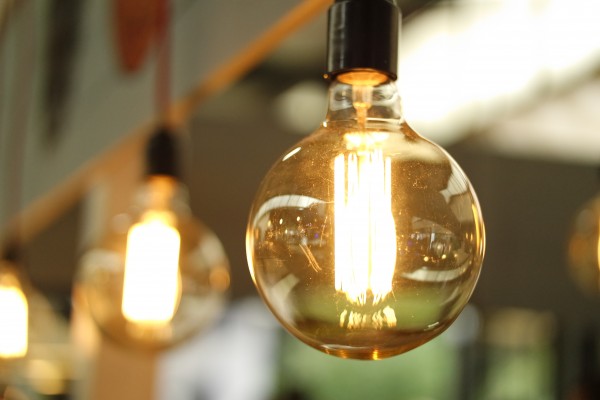By Dane Lorica, | December 14, 2016

Cryogenic science is considered an ideal solution to produce large volume of renewable energy during emergency outages. (Pexels)
Cryogenic science is sparking hopes for the improvement of renewable energy in the future especially during power plant shutdown or power outage.
Like Us on Facebook
According to the Digital Journal, a 5MW plant in Manchester, which is the largest cold energy storage in the world, could supply power to a city with over 5,000 homes for three hours.
Highview Power Storage from England is currently developing the site. Energy stored in cryogenic facilities reportedly come from plant-processed carbon dioxide, liquid nitrogen, and water vapor subjected to cooling with a temperature of around 190 degrees centigrade. Both liquid nitrogen and liquefied air increase their size by around 700 times, enabling the facilities to expel a huge amount of energy during an emergency. In fact, renewables powered almost a quarter portion of Britain in 2015.
The proximity of the cold power plant to the Pilsworth landfill gas generation site enables it to capture and utilize burnt methane gas for the production of cryogenic energy. The latter consists of insulated tanks that expel waste heat.
Research Associate Dr. Sheridan Few said the process is unique. "There's the storage of the energy, and the generating of the energy. You can make use of waste cold and waste heat, because you're putting both electrical and thermal energy in, the amount of electrical energy you get out, can in some cases end up being more than the electrical energy you put in," he said.
The demand for electricity is influenced by several factors such as season and time of the day. Despite the readiness of the National Grid to address outages in Britain, the closure of coal power stations may result in an inadequate and inefficient response.
Dr. Jennifer Baxter emphasized the importance of understanding the demand for electricity. "Once we understand demand, we will have more confidence in deploying technologies," she said.
Cryogenics refers to the reduction of the temperature of biological bodies and parts to rekindle it only when necessary. Cryogenic energy is considered as an excellent method for energy generation because of its zero emissions of greenhouse gasses. Other additional sources of power include pumped hydropower and lithium-ion batteries. However, the former lacks cost-efficiency while the latter is more commonly used for portable equipment and devices.
Gareth Brett, who is part of Highview Power Storage, which is developing the cryogenics plant, described the technology as "a bit like a locatable version of a pumped hydro system. Anywhere that needs large scale long-duration storage, which might be to help integrate an offshore wind farm, a system like ours can help achieve that."
Although the Manchester plant is the world's largest today, the developers consider it as "a bit small." The facility measuring 10MW can supply energy to a city for six hours.
-
Use of Coronavirus Pandemic Drones Raises Privacy Concerns: Drones Spread Fear, Local Officials Say

-
Coronavirus Hampers The Delivery Of Lockheed Martin F-35 Stealth Fighters For 2020

-
Instagram Speeds Up Plans to Add Account Memorialization Feature Due to COVID-19 Deaths

-
NASA: Perseverance Plans to Bring 'Mars Rock' to Earth in 2031

-
600 Dead And 3,000 In The Hospital as Iranians Believed Drinking High-Concentrations of Alcohol Can Cure The Coronavirus

-
600 Dead And 3,000 In The Hospital as Iranians Believed Drinking High-Concentrations of Alcohol Can Cure The Coronavirus

-
COVID-19: Doctors, Nurses Use Virtual Reality to Learn New Skills in Treating Coronavirus Patients







